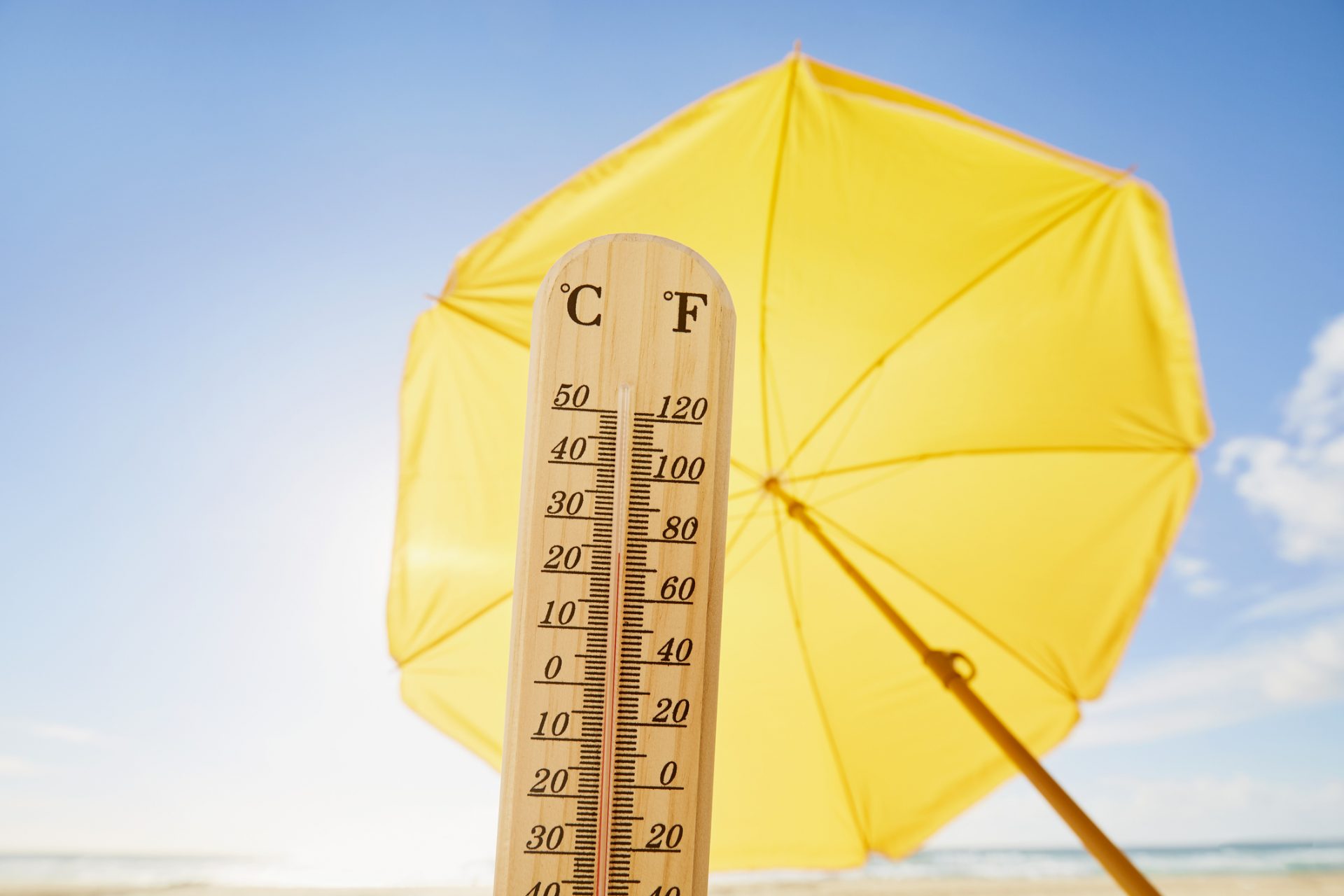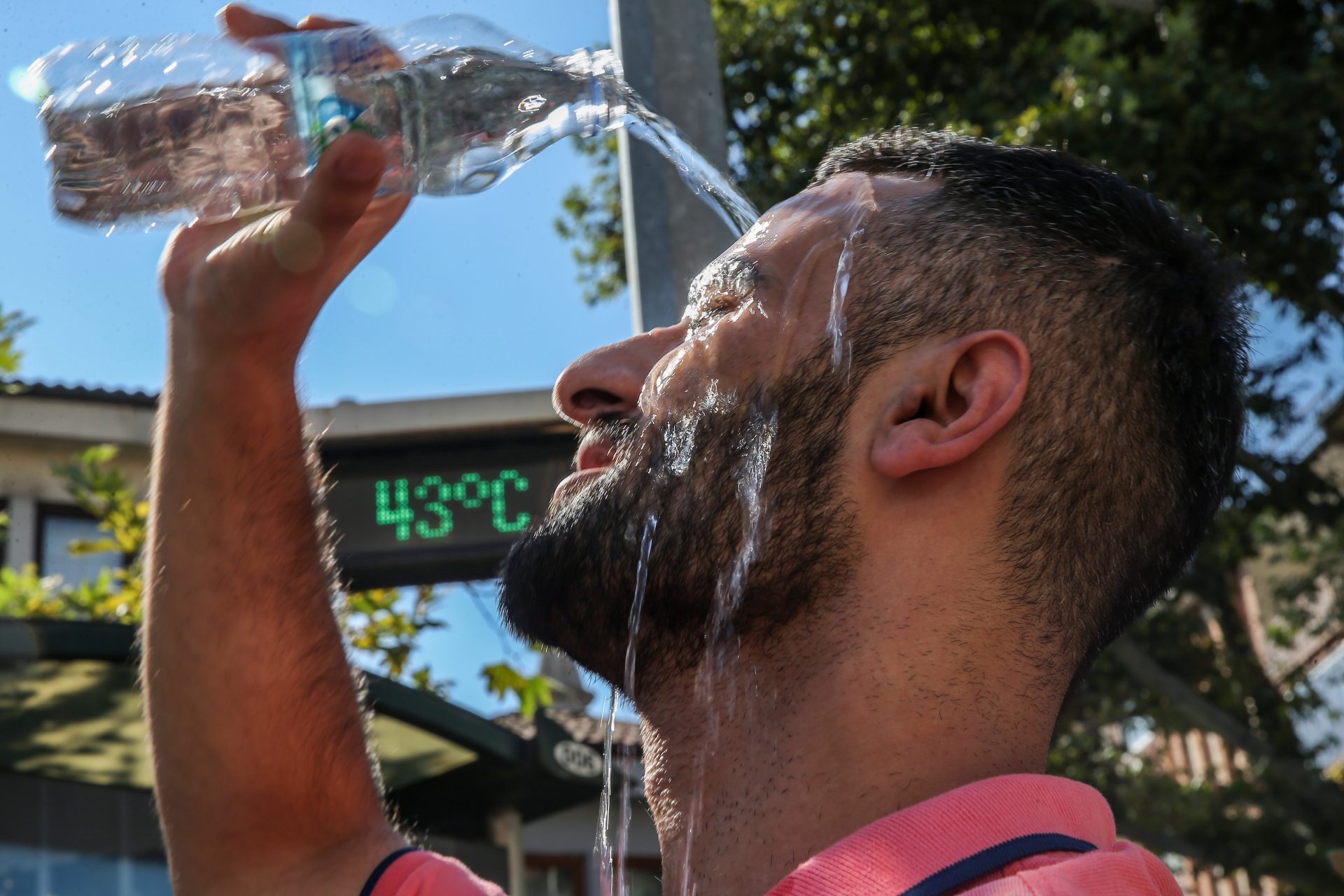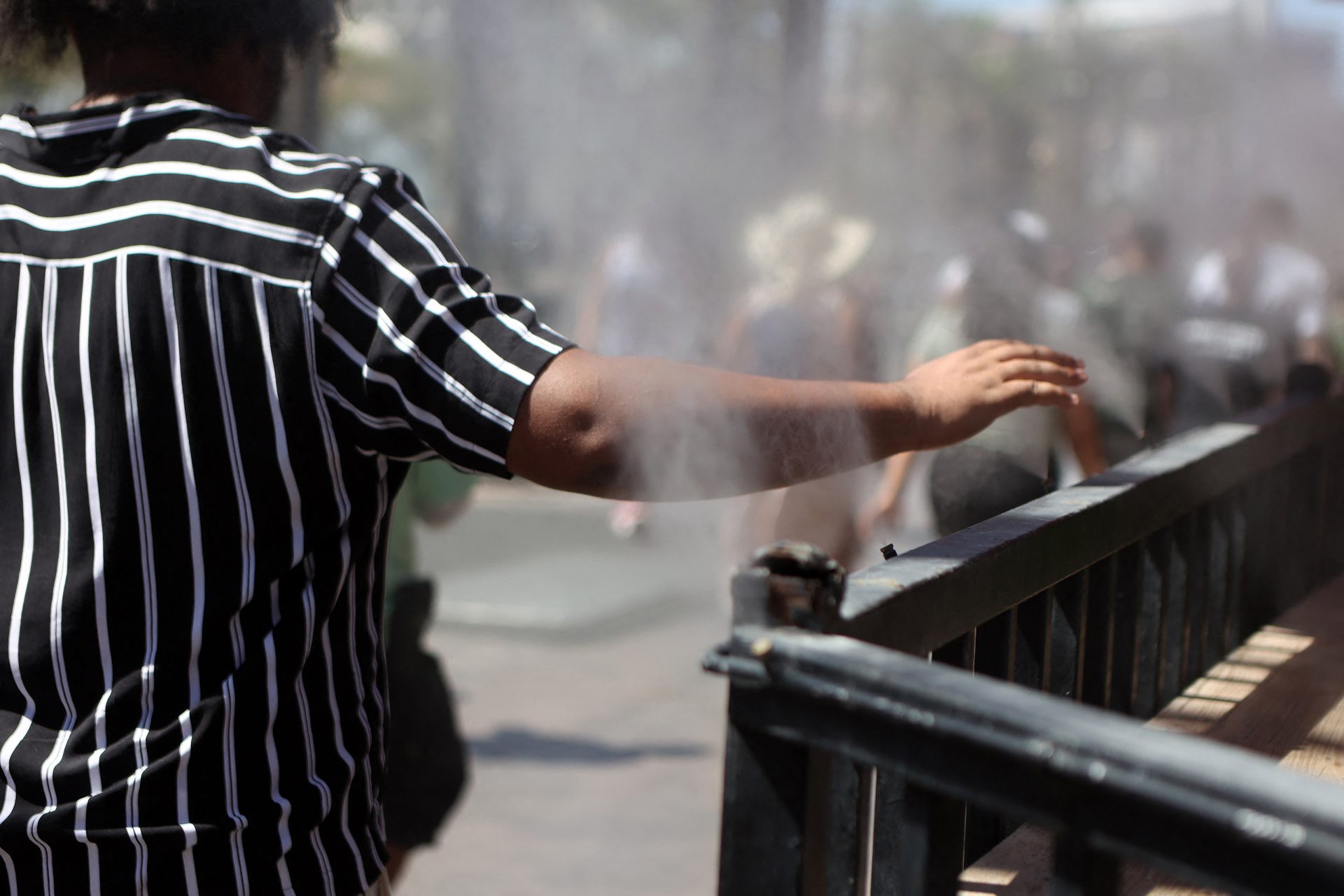Scorching Reality: the dangers of everyday objects during a heatwave
With the relentless march of climate change, heatwaves have become a distressingly common occurrence, bringing about soaring temperatures that can have a range of consequences.
While the well-documented impact on the environment and public health takes centre stage, a hidden peril often escapes attention: the alarming temperatures that everyday objects can reach when high temperatures are reached. From seemingly innocuous vehicles to playground equipment, the heat can dangerously transform these items.
Heatwaves, characterized by prolonged periods of intense heat, have become more frequent and severe due to the warming planet. During a heatwave outdoor temperatures rise well above 90°F (32°C) in various regions causing the surfaces of numerous objects exposed to the sun to become substantially hotter than the surrounding air temperature.
The most striking example of commonplace items turning hazardous during a heatwave is parked vehicles. According to the National Highway Traffic Safety Administration, when left in the sun, cars can essentially turn into furnaces, reaching dangerous temperatures.
The organization notes that interior temperatures can quickly escalate beyond 130°F (54°C) within minutes, posing a serious risk to occupants, particularly vulnerable children and pets. The dangers of heatstroke and dehydration multiply in such confined, scorching spaces.
Public playgrounds which are often made from metal, plastic, and rubber components, can transform into potential danger zones during heatwaves. Swings, slides, and other equipment exposed to sunlight can reach temperatures capable of causing burns upon contact.
The American Academy of Pediatrics advises parents to avoid taking their children to the playground during heatwaves. Children's tender skin is especially susceptible to elevated temperatures, with direct skin contact leading to painful injuries.
Pavement, asphalt, and even sand can become intensely hot during heatwaves. Walking barefoot on these surfaces can result in severe burns to the soles of feet.
According to the CDC, pavement for example can quickly reach temperatures of 140ºF or 60ºC. So it is also important to keep in mind the health of pets who are vulnerable to burning their paws on heated sidewalks or streets.
Ordinary metal objects such as doorknobs, railings, mailboxes, and gardening tools can reach dangerous levels of heat when exposed to direct sunlight.
According to Reader's Digest, metal railings for example can reach temperatures of up to 200ºF or 93ºC! Contact with these surfaces without proper protection will lead to burns, blisters, and discomfort.
More for you
Top Stories
























